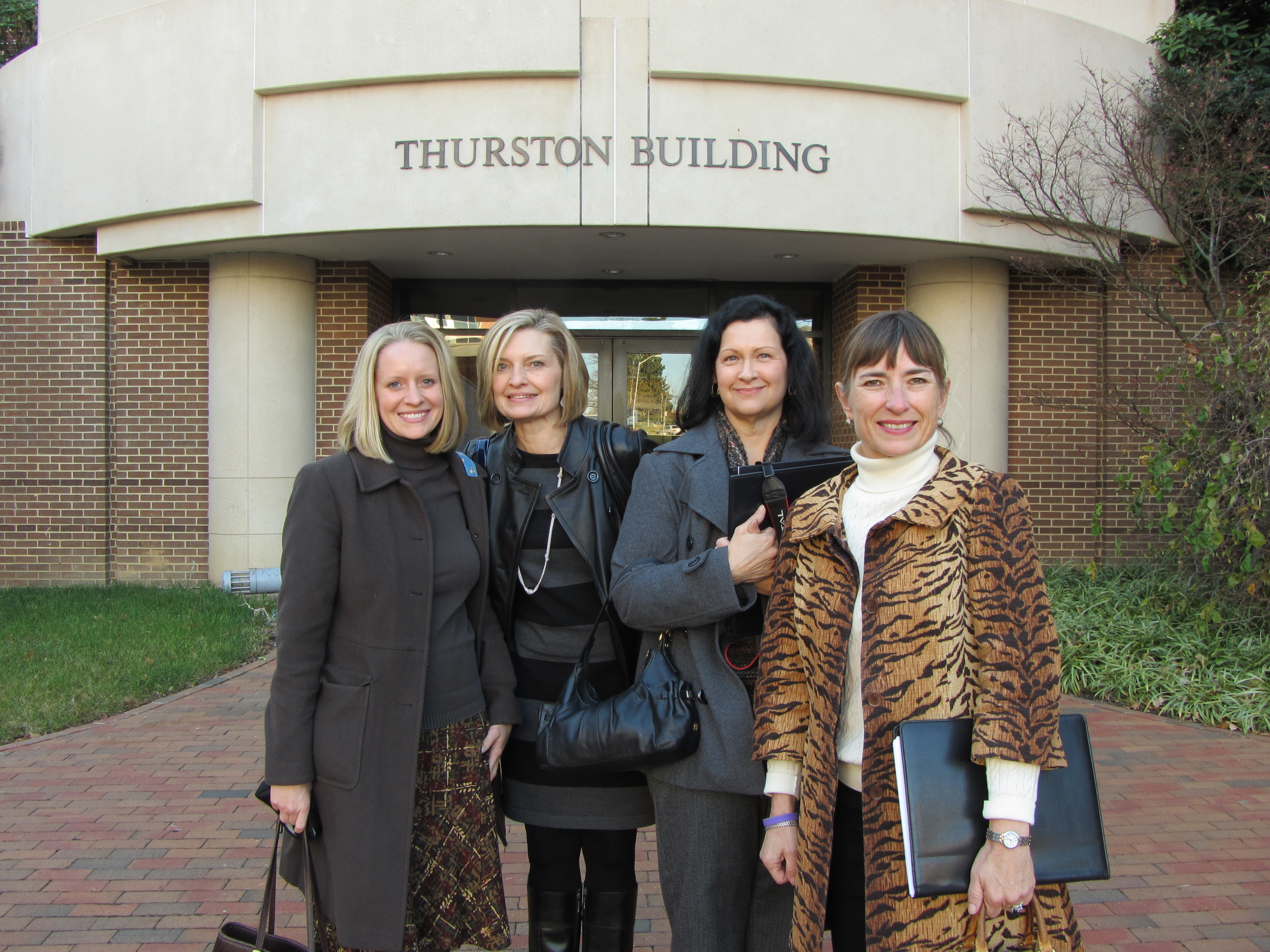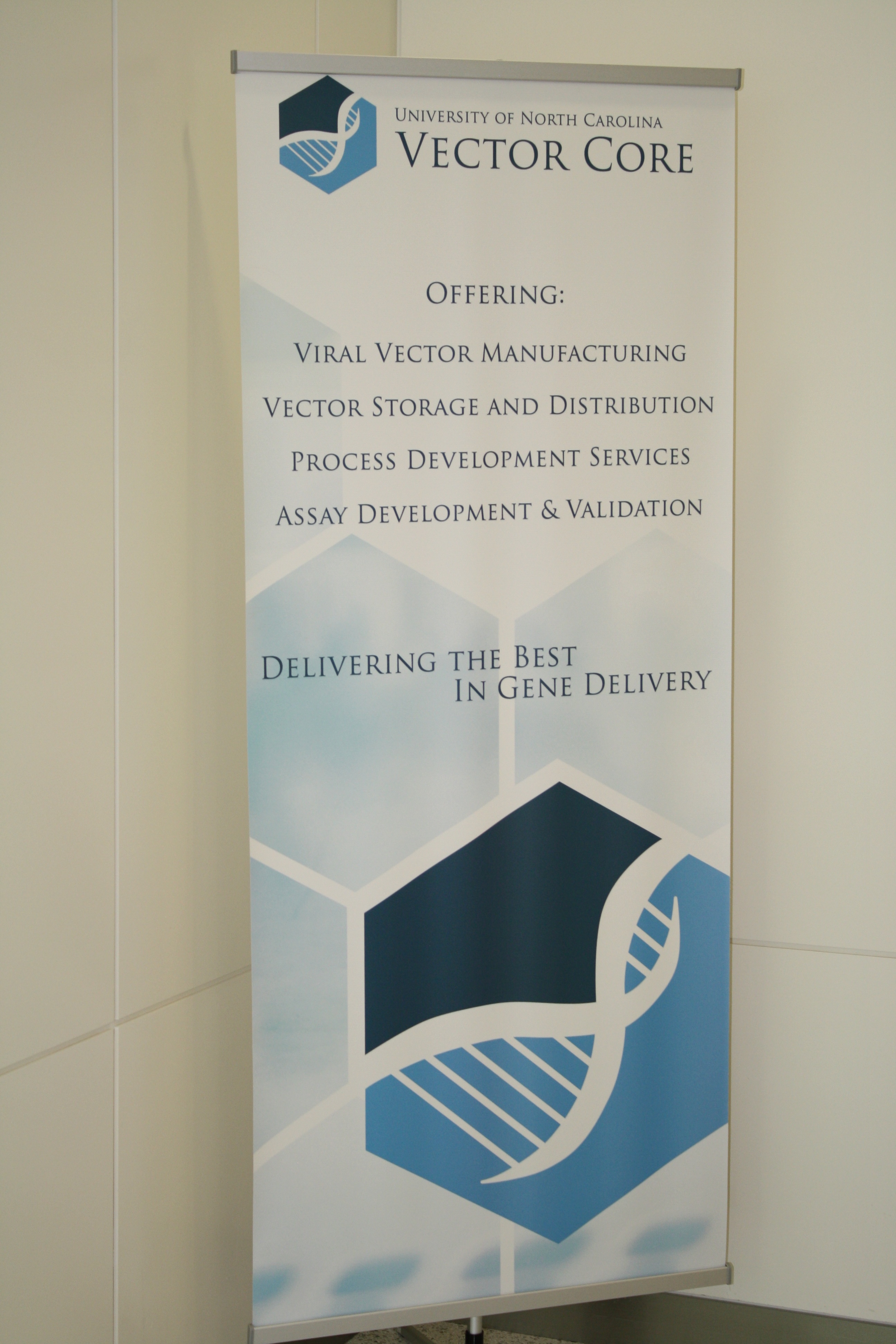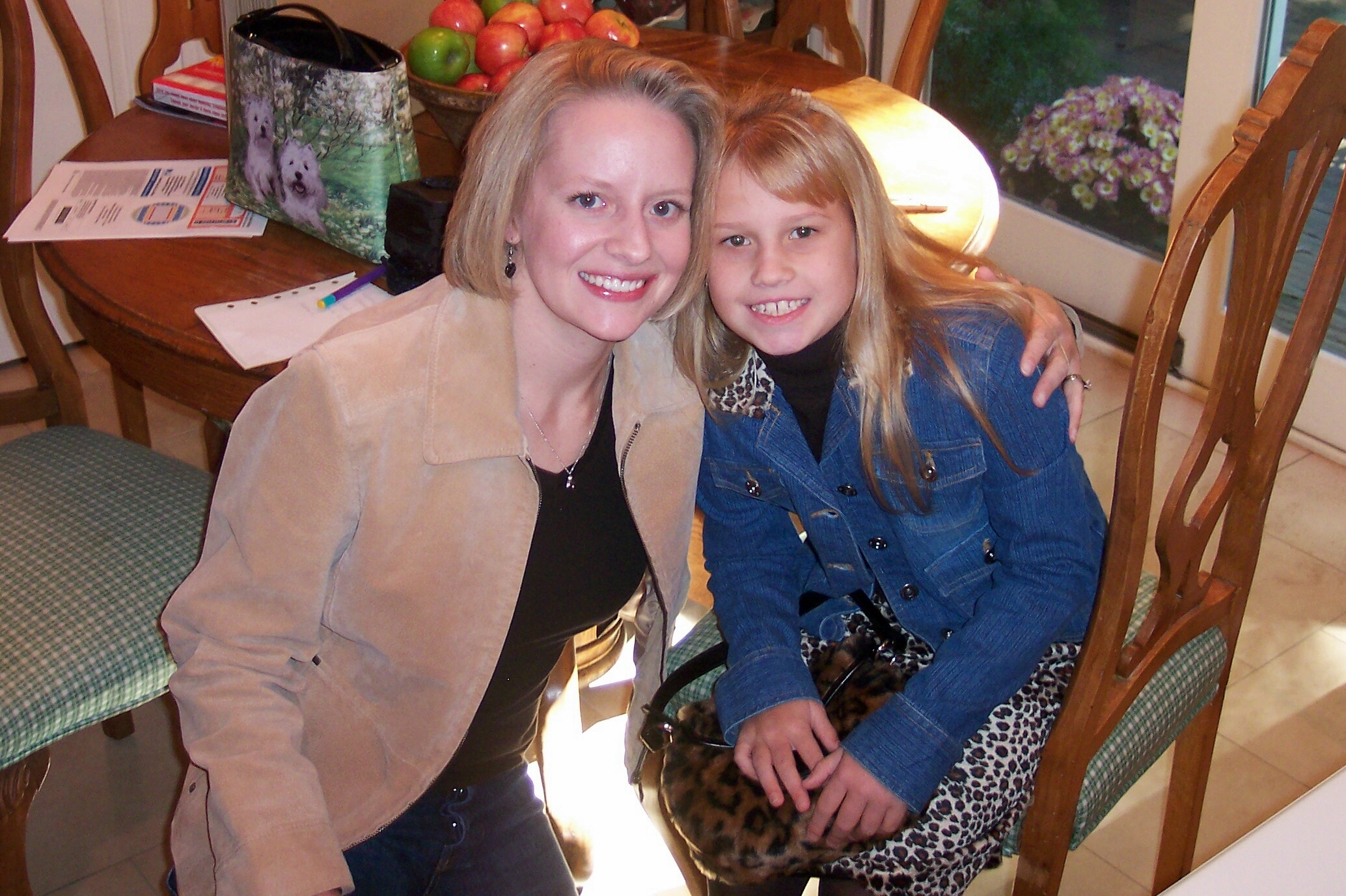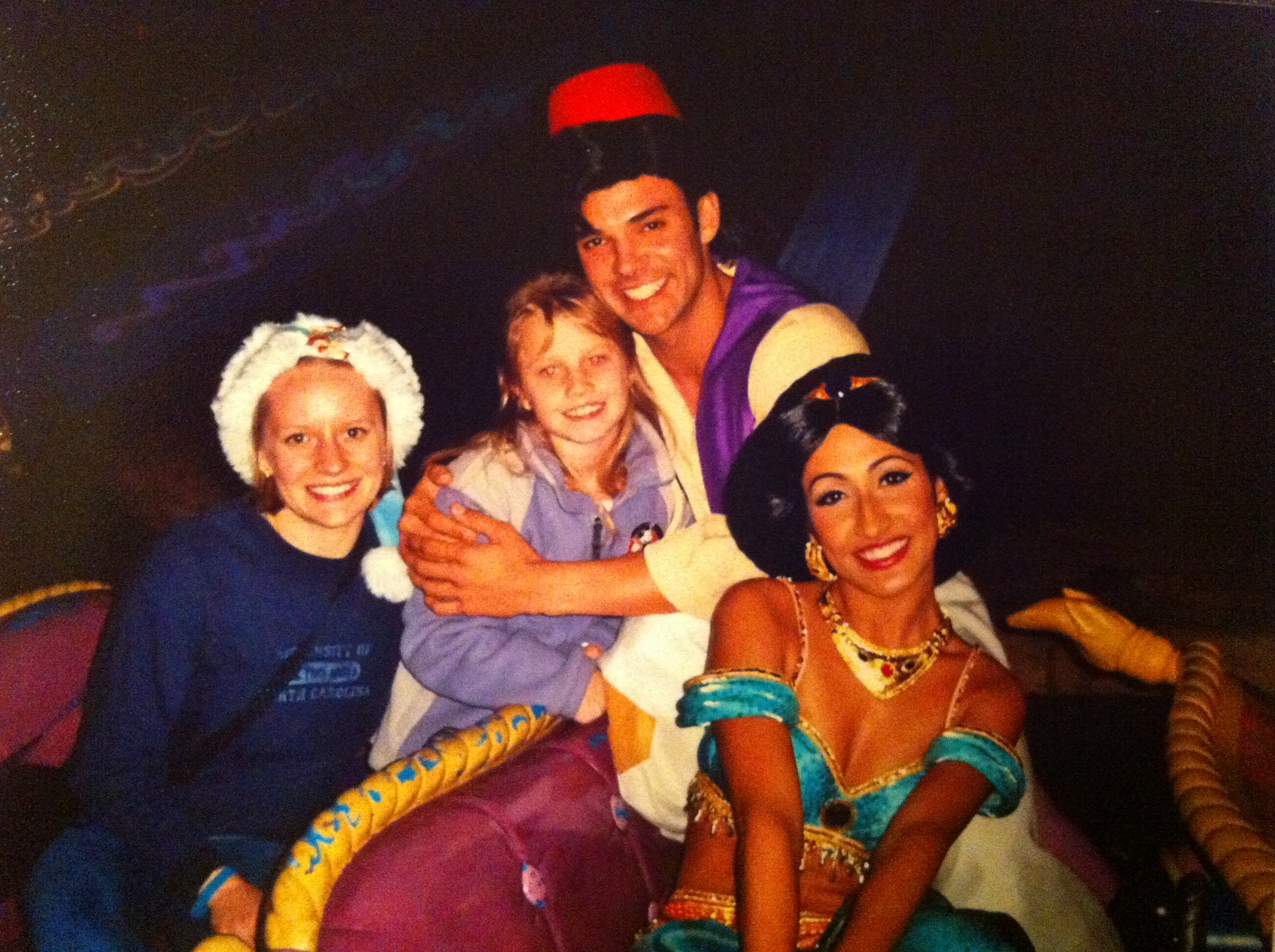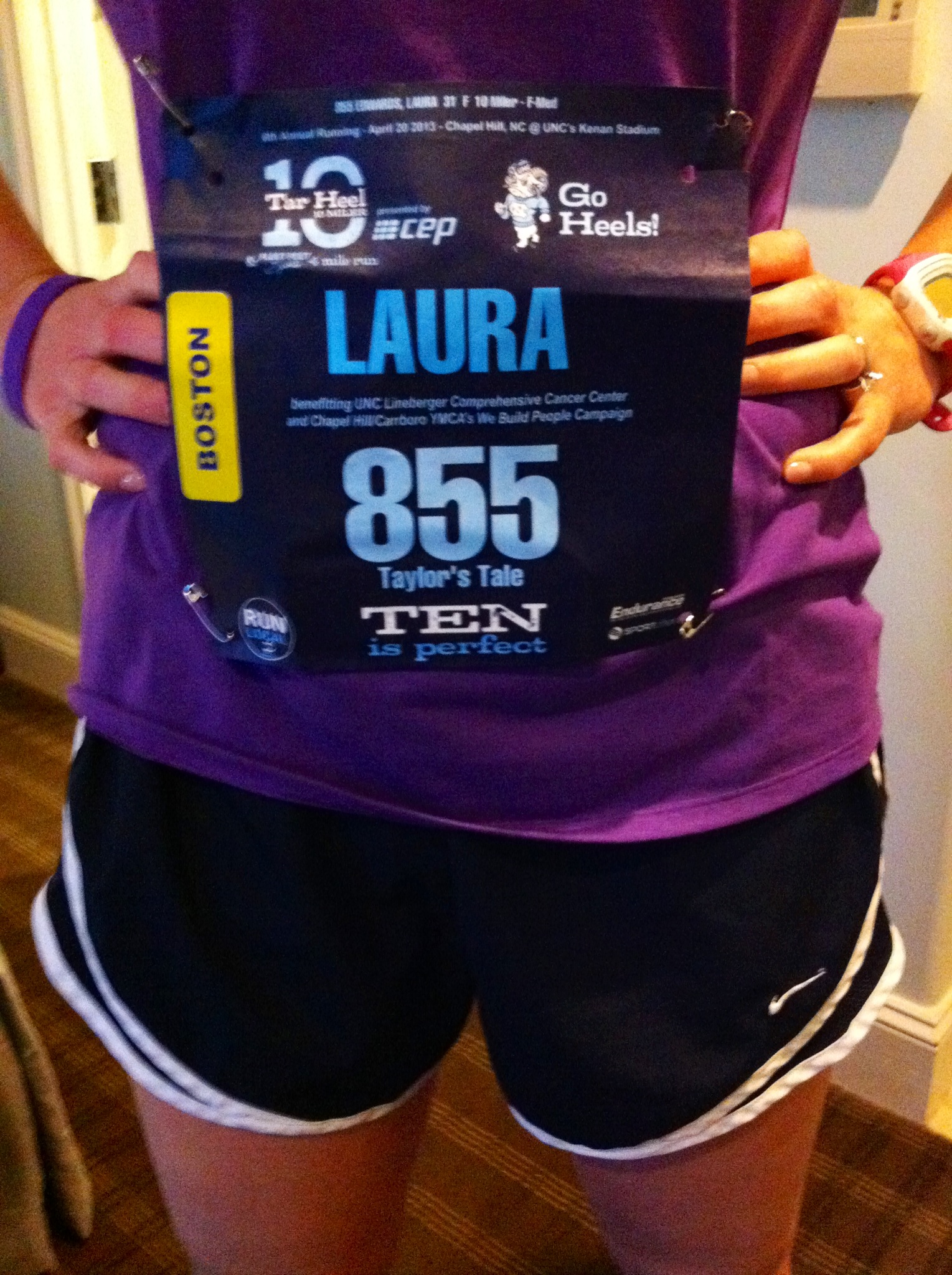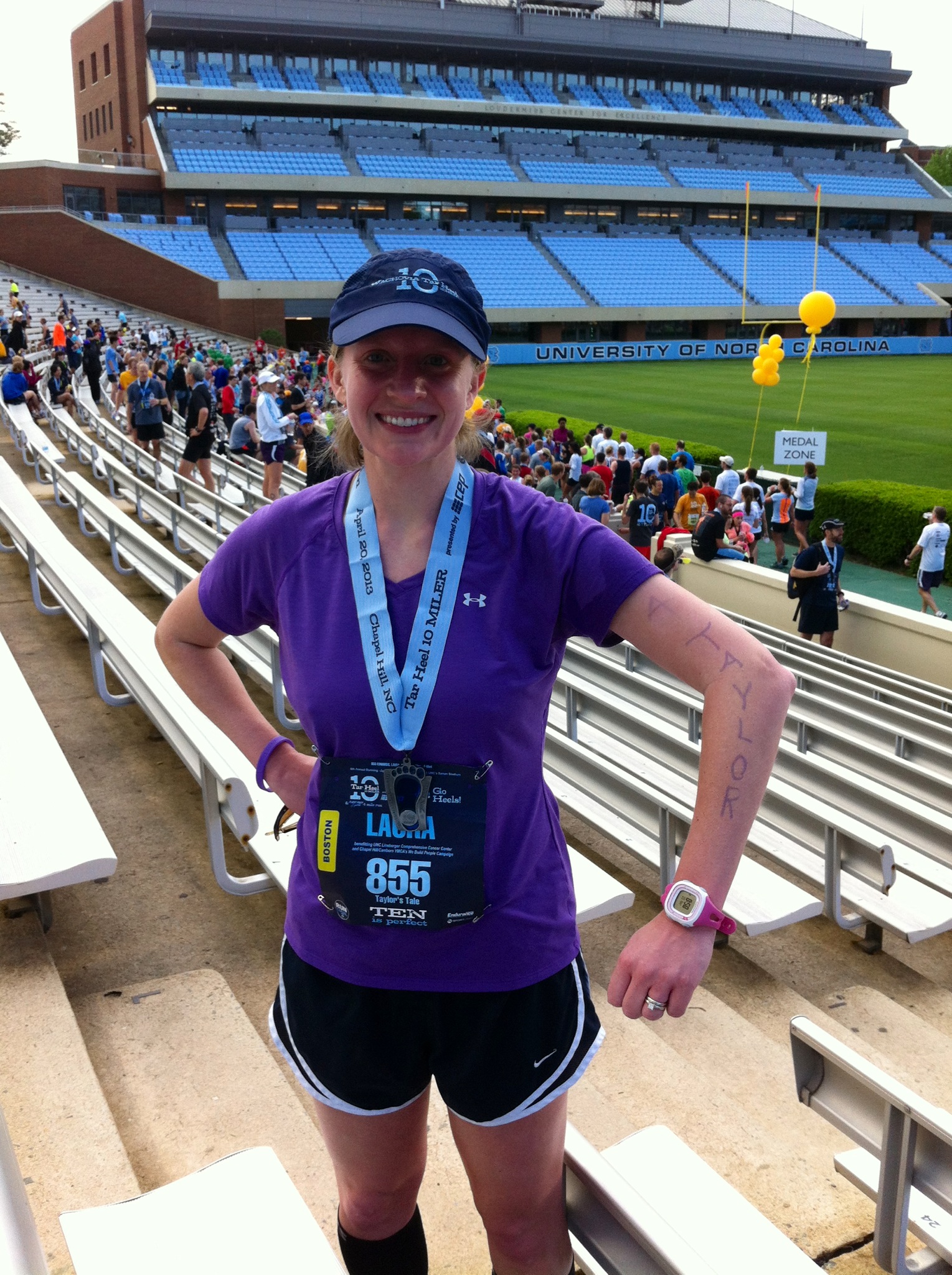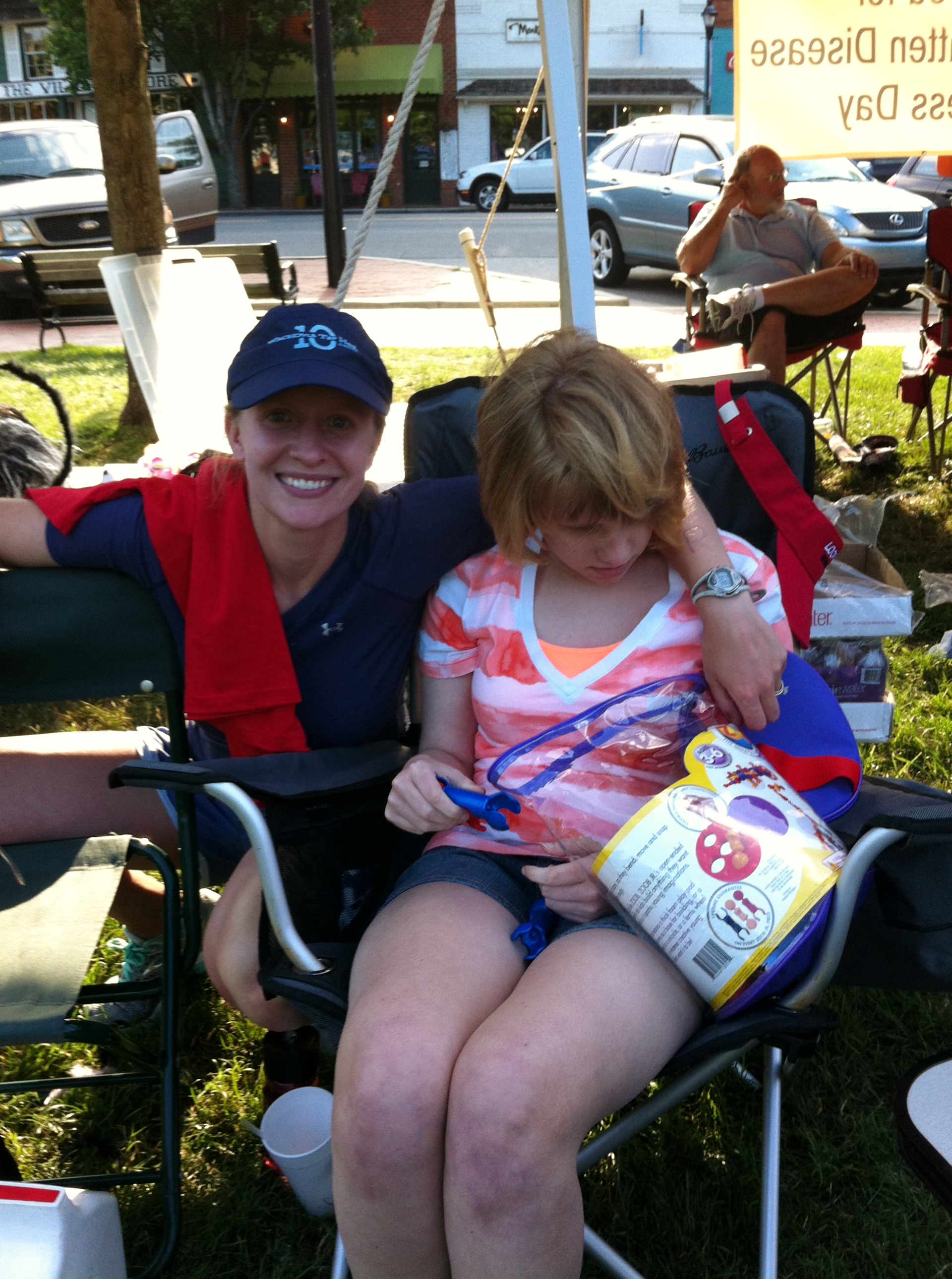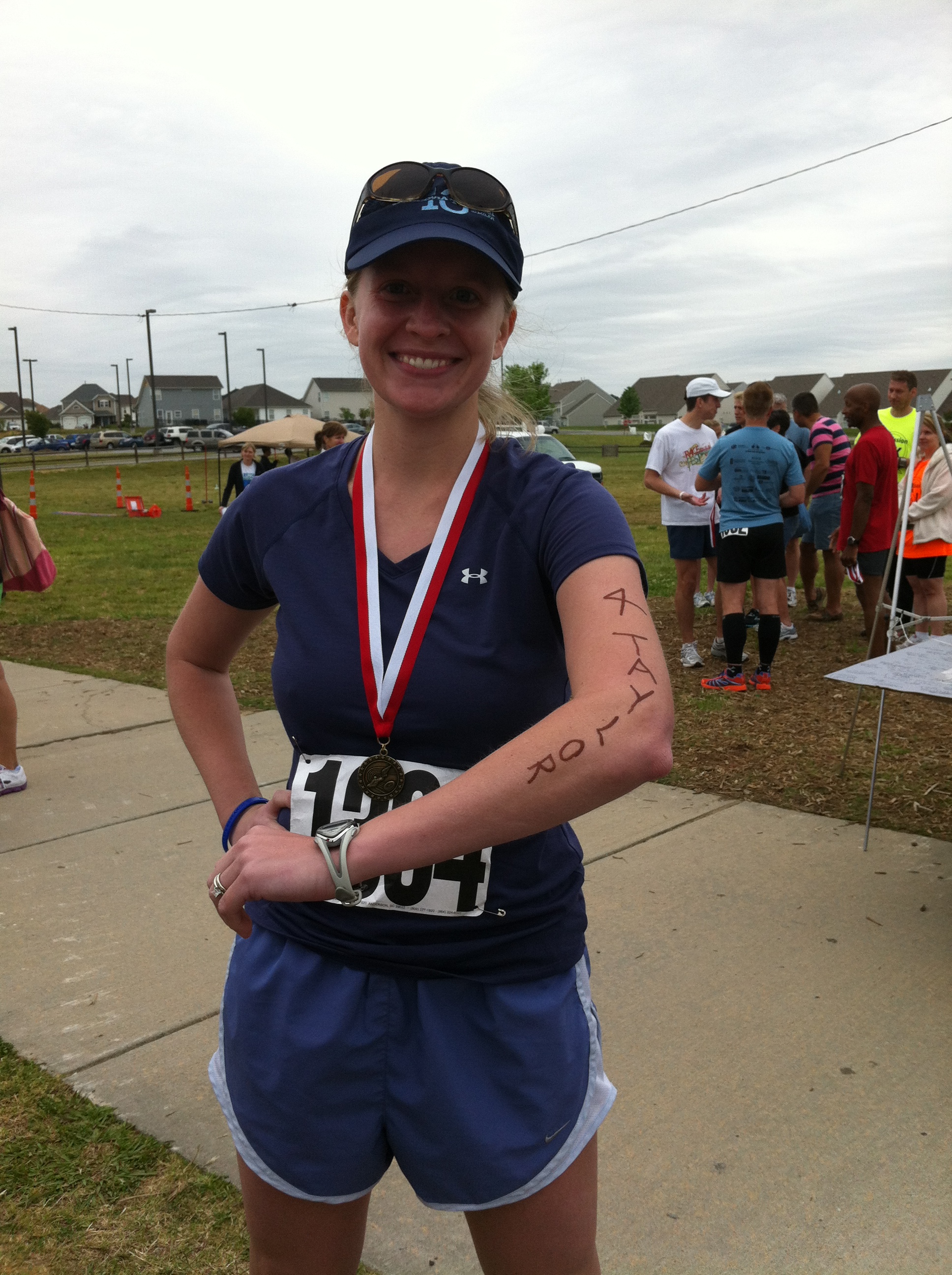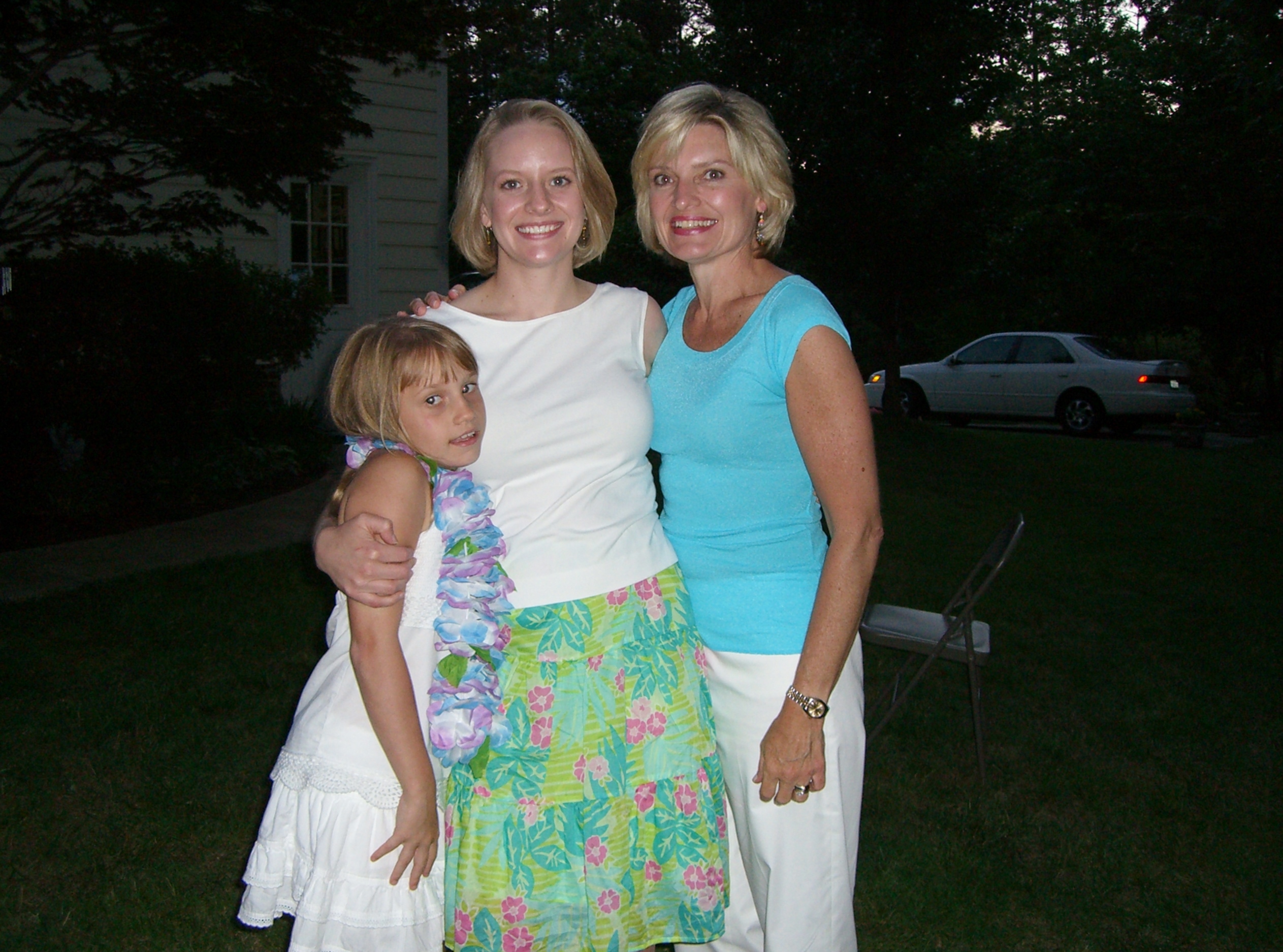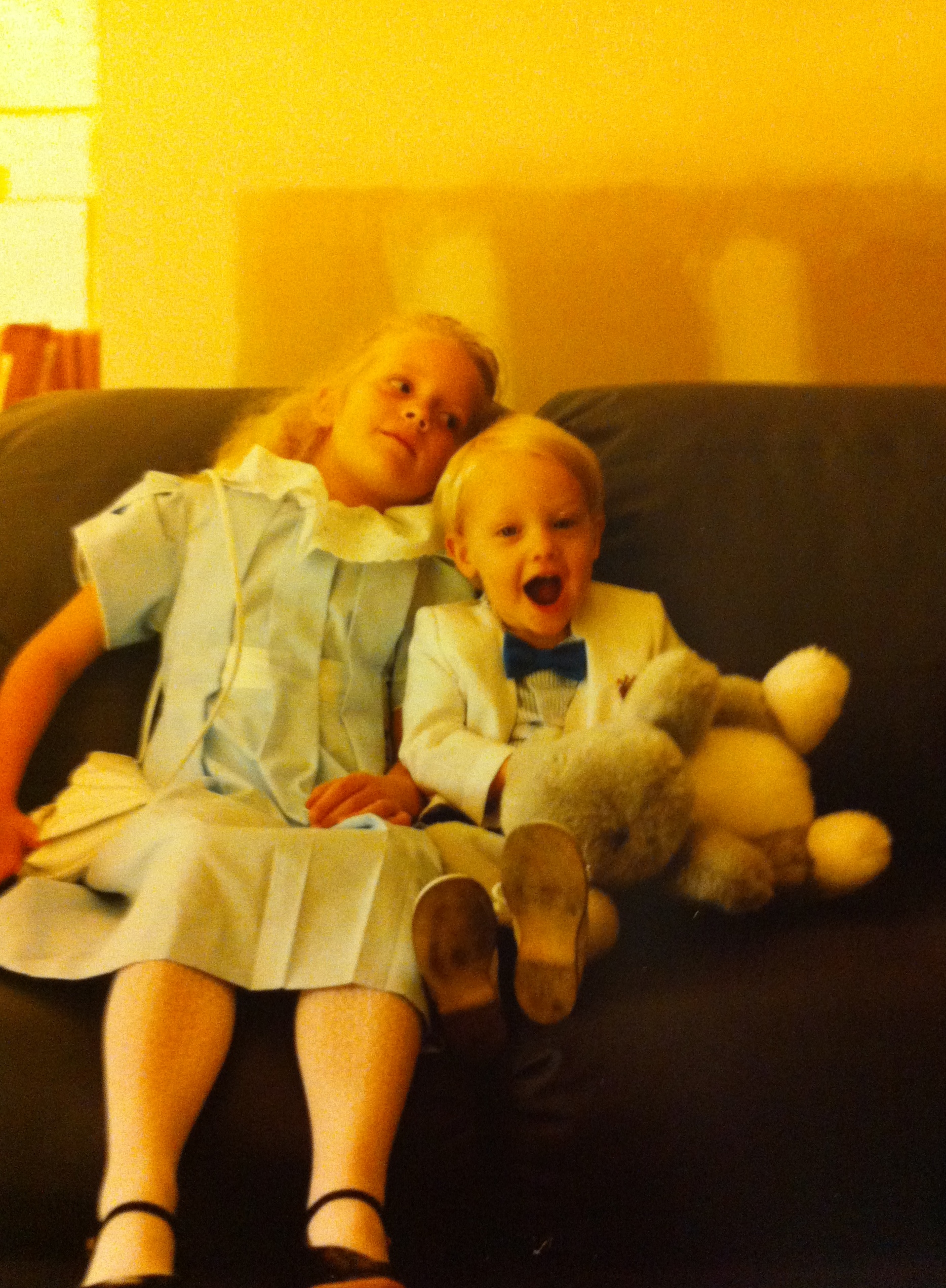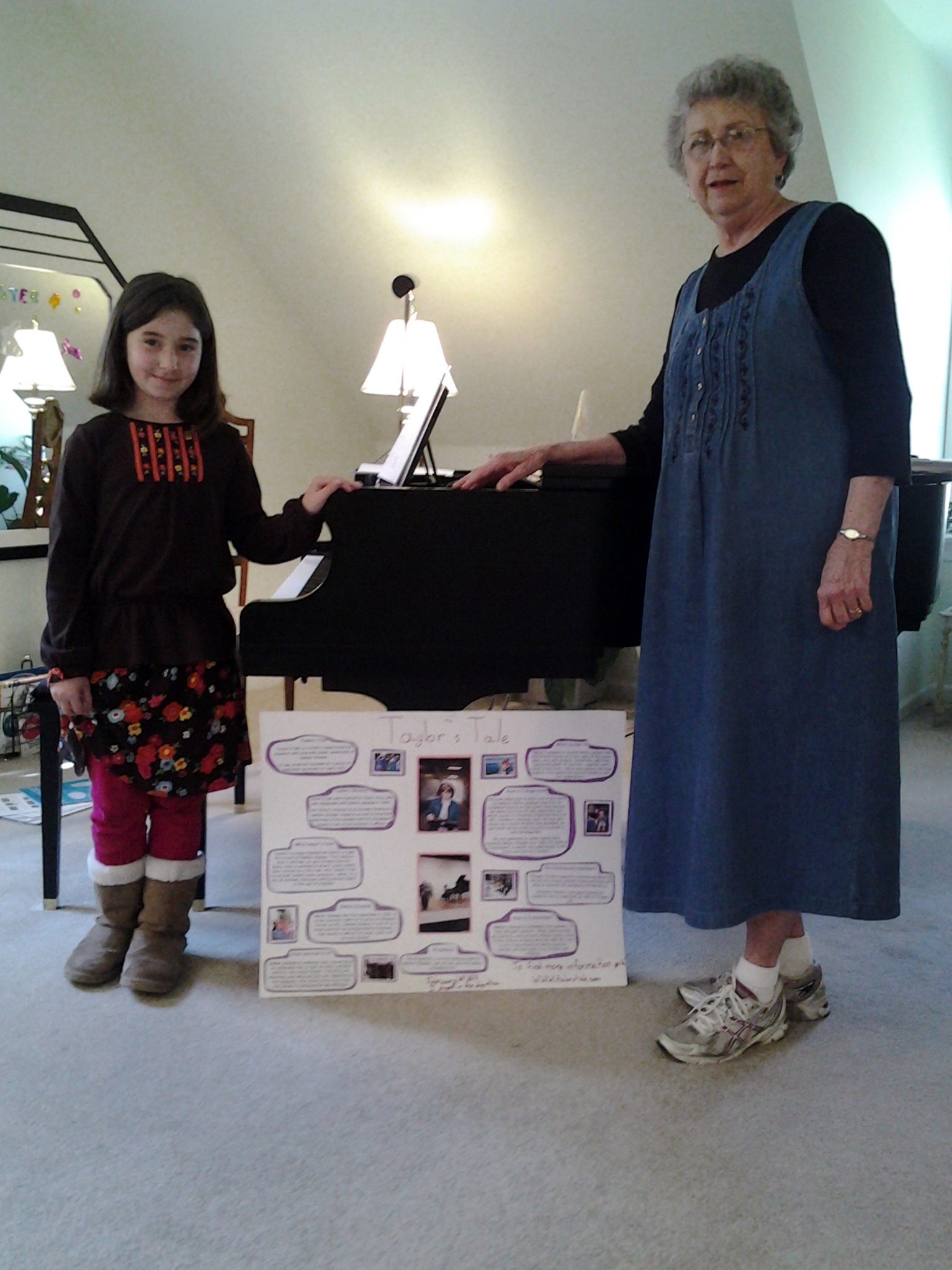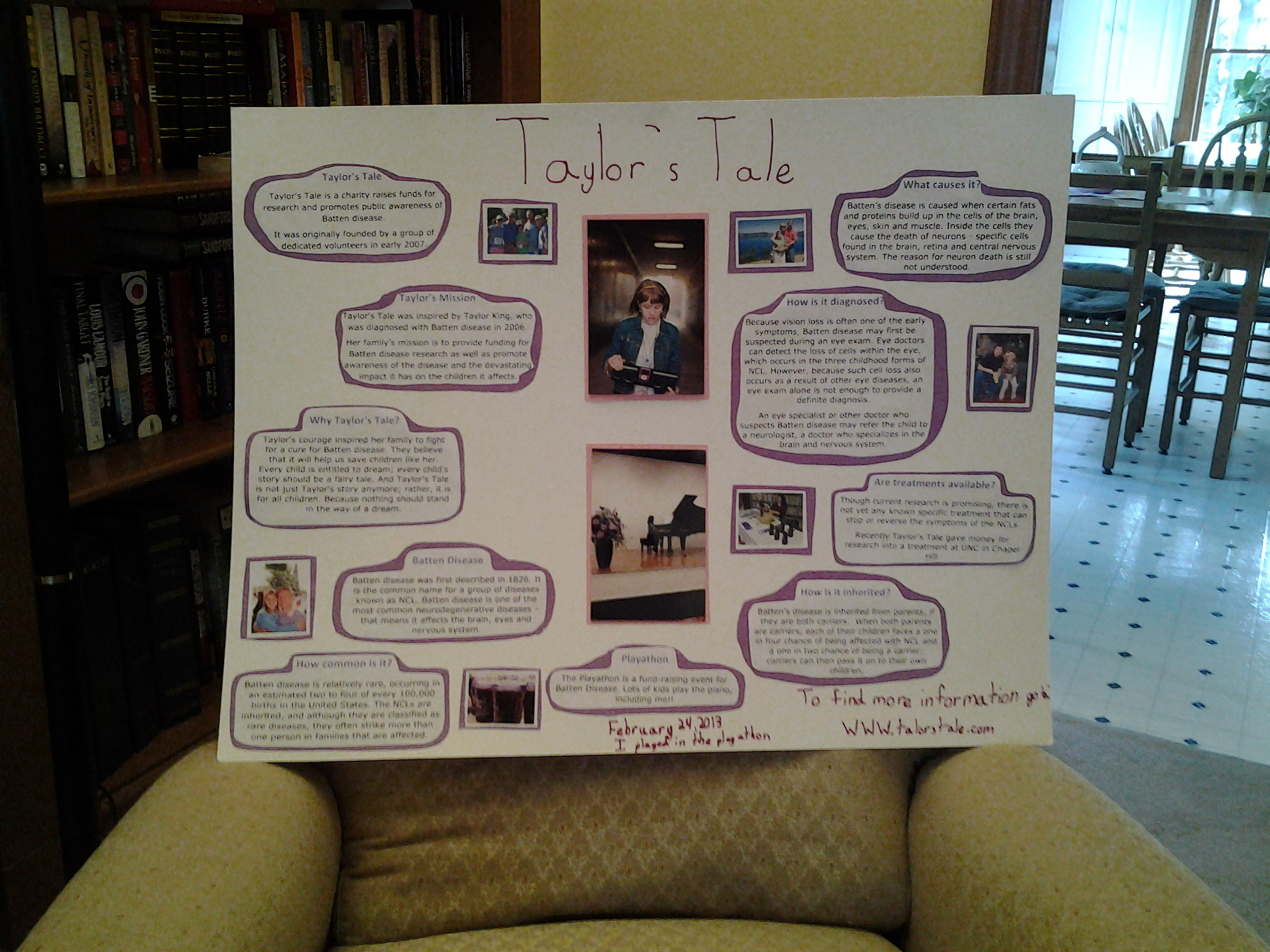The American Society of Gene & Cell Therapy’s annual conference kicked off early this morning in Salt Lake City, Utah. Taylor’s Tale is co-funding gene therapy for infantile Batten disease at the University of North Carolina, so the conference made our short list of “meetings to attend.”
The timing posed just one logistical problem: my father’s brother passed away last Tuesday, and the memorial service was scheduled for this afternoon.
After much soul-searching, Mom let Dad and Taylor put her on a plane bound for Salt Lake City yesterday evening. The minister gave a beautiful service, Dad and his surviving brother shared beautiful words, and Mom’s angel friends and the ladies of the church took great care of everyone. And two time zones from home, Mom did what she does best: save the world, or at least make a good bit of progress.
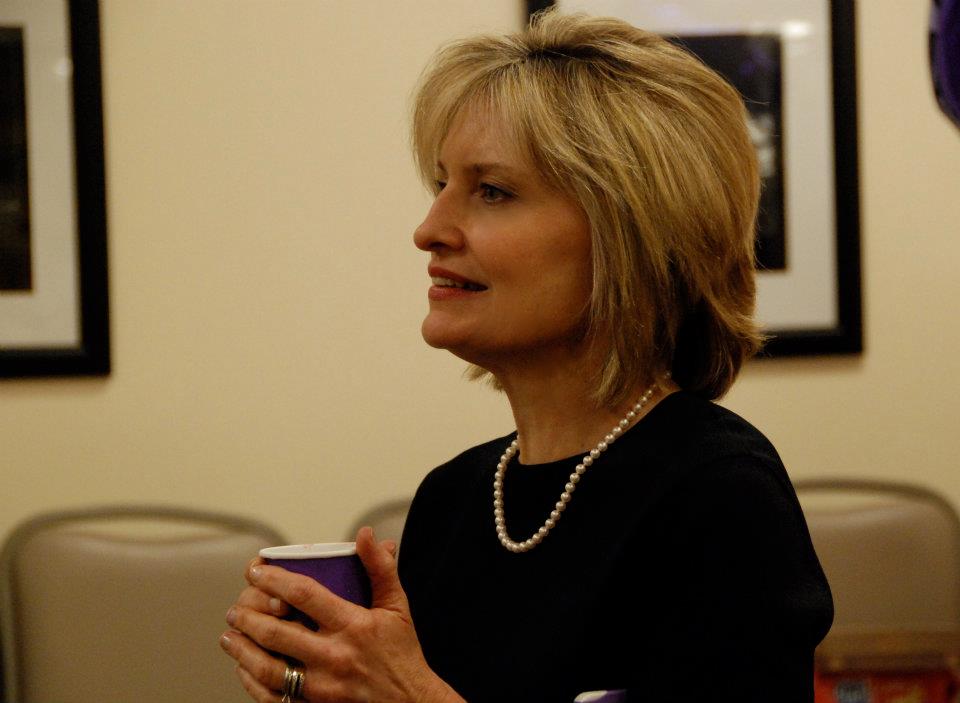 Fighting Batten disease and being an advocate for a rare disease community of 350 million people is a hard job, especially on top of caring for someone with a life-threatening illness. It’s a full-time job. And Mom, as dedicated as she is to Taylor’s Tale and all that we stand for, will always tell anyone who asks that she’s Taylor’s mother first. Taylor and her classmates have a dance at school on Friday. Before she left town, Mom took Taylor shopping for a dress; yesterday, she left the dress along with the perfect necklace and pair of earrings where Dad could find them. I’m certain that she’ll be sad Friday when she opens her eyes in a hotel room in Utah and pictures Taylor getting ready for that dance and knows that she can’t be there to give her a hug. I know she wanted to be there for my dad this afternoon when he read the words he wrote for his little brother.
Fighting Batten disease and being an advocate for a rare disease community of 350 million people is a hard job, especially on top of caring for someone with a life-threatening illness. It’s a full-time job. And Mom, as dedicated as she is to Taylor’s Tale and all that we stand for, will always tell anyone who asks that she’s Taylor’s mother first. Taylor and her classmates have a dance at school on Friday. Before she left town, Mom took Taylor shopping for a dress; yesterday, she left the dress along with the perfect necklace and pair of earrings where Dad could find them. I’m certain that she’ll be sad Friday when she opens her eyes in a hotel room in Utah and pictures Taylor getting ready for that dance and knows that she can’t be there to give her a hug. I know she wanted to be there for my dad this afternoon when he read the words he wrote for his little brother.
But sometimes, saving the world means making tough choices. And this week, Mom’s making the kind of progress we dreamed about when we founded Taylor’s Tale in a Charlotte living room. She’s making the kind of difference I told her we could make – she could make – one night in the summer of 2008 when I stopped our walk in her neighborhood to make a short but passionate speech about how our effort needed to become a public charity.
We’re on the verge of something great, but we haven’t won. Which means my mother’s not done fighting yet. And I wouldn’t trade her for anyone else in the world.

